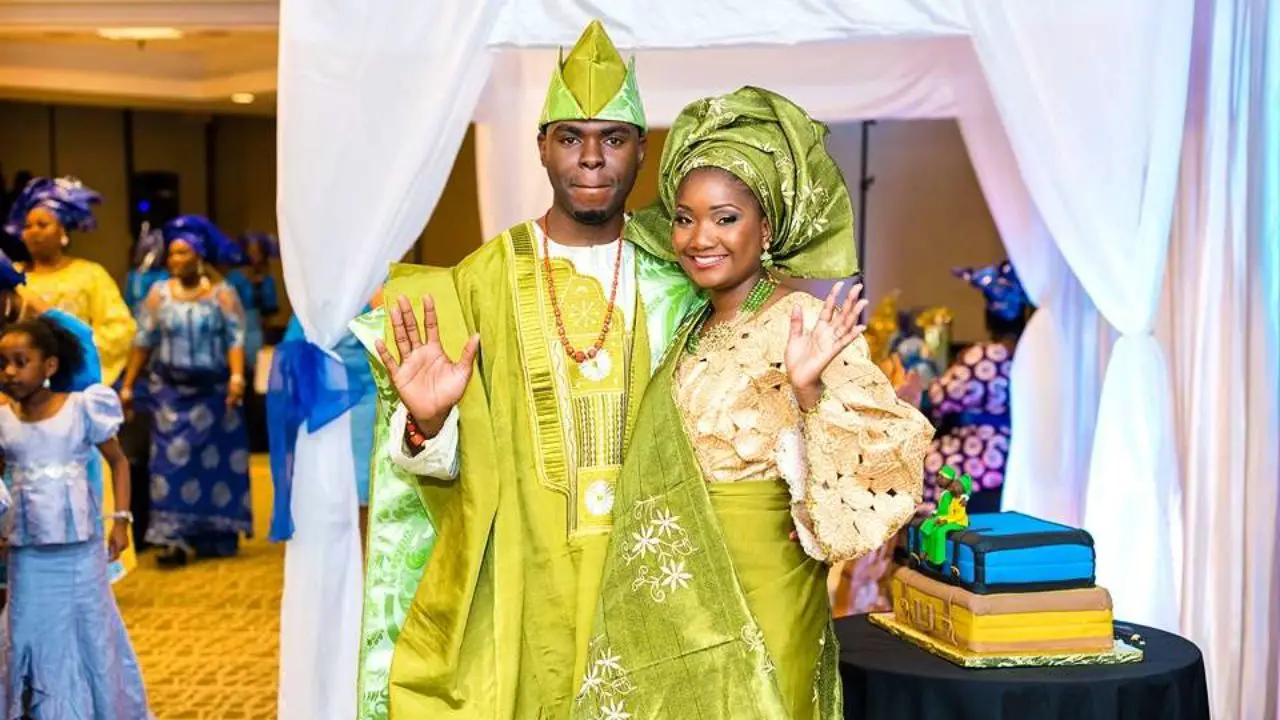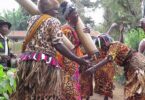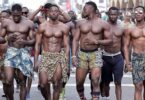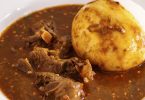Traditional African print dresses date back hundreds of years ago. Not only are the print dresses unique in style, they also represent symbolism, tribalism, and history.
Through the years, African clothing has modernized and changed to fit the latest fashion trends, while still keeping its unique style. Today, African print dresses come in various styles, colors, designs, and materials. You can use them for various functions and occasions or even for everyday wear.
There are various print dress styles in Kenyan, Nigerian, Ghanaian, Senegalese, Rwandan, Ugandan, Egyptian, Kitenge, Lace, Leso, Gele, Iro, Isiagu, Kanzu, Kalasiris, etc. Each of these print styles has its authentic look and identity.
Table of Contents
What African Patterns Represent
African patterns are a key form of expression that serves as both personal adornment and a means of communication. These magnificent fabrics provide wearers and admirers with an abstract and coherent view of African social, religious, and political situations.
The most popular African print dress styles include; Ankara, Kente, and Dashikis, among others.
Ankara

Ankara Styles [Photo by Styleuki]
Dashikis
This is a colorful and unique garment covering the upper part of the body that is mostly worn in West Africa. In East Africa, it’s known as a Kitenge, popular in Tanzania and Kenya. It comes in both formal and informal styles, ranging from basic draped garments to fully tailored suits. The dashiki traces its roots back to Yoruba West Africa. The word dashiki in Yoruba language means a short-sleeved work shirt.
Dashiki has a cotton feel and comes in bright prints that suit individuals who want to look casual. They come in loose-fitting shirts and tops. Couples and their children can match their outfits.
Boubou
A boubou is a type of dashiki that is worn with matching pants and a long robe that covers the outfit, in various styles and colors suitable for any function.
Kente
The kente is made of a silk and cotton blend fabric. Interwoven textile strips from Ghana are used to create the fabric.
Kaba

African Wear Dresses: Latest Kaba and Slit Styles for any Occasion in 2019 [Photo/Youtube]
Yoruba
A yoruba is a four-piece attire that includes a hat, a Buba, embroidered pants, and a flowing Agbada. An African Bariga, consists of a long-sleeved blouse, a cap, embroidered pants, and a flowing Buba, is also known as a Yoruba.
Ideal Print Dress for Kids
When selecting African print dresses for children, there are many factors to consider. Every parent wants their child to be cute and well-dressed, but comfort is also a consideration.
Children like to be stylish, and they outgrow their outfits quickly, therefore clothing should be bought as needed. There are many lovely African print dresses for girls and comfortable outfits for boys to show off Africa’s authentic style and culture while being child-friendly. Traditional dresses, dashikis, and French lace clothing are among them.
Traditional Dresses for Girls
African print fabrics for girls are of high quality, such as hand-woven silk, cotton, or hand-painted satin. it is usually a flared top, a skirt, plus a head wrap.
Dashikis for Boys
Dashikis is the traditional outfit worn by men; they are comfortable for little boys too! It has a fabric wrap that is cool and flexible for kids on the go and is bright and colourful, which can easily grab their attention.
French Lace Apparel
Dress up your child in beautiful formal wear of French lace apparel. These are not only elegant and sophisticated but come in different colours.
How to Match African Print Dresses with Accessories
There are a variety of hoodies, jewelry, scarves, head wraps, caps, hats, shoes and other items designed to match African print dresses. Men can match print dresses with different suede shoes and loafers, whereas, Ladies can pair their outfits with trendy high heels.
To set off the true African look, pair clothing with a kufi; a traditional West African hat. Sometimes a gele; matching headscarf or head tie may be used. Also, pair it with a shoulder stash or shawl called Iborun or Ipele.
You can use a wrapper for formal and informal functions and it suits both simple draped clothing and fully tailored ensembles.








